
Climate Change Action Plan will reduce GHGs, create jobs, support sustainable communities.
Ontario is leading the fight against climate change by investing up to $900 million over four years from cap and trade proceeds to support people who rent by retrofitting social housing apartments and providing grants and rebates for residential multi-tenant buildings.
As part of the Climate Change Action Plan, which will be released this spring, the province will invest up to $500 million to retrofit social housing apartments with energy efficiency and renewable energy technologies such as energy-efficient windows, and thermal insulation on piping and other mechanical systems. In addition to reducing emissions, this would improve comfort for residents and save money for social housing providers to make other capital improvements. Indigenous social housing would also be eligible for retrofits under this program.
Ontario will also help improve energy efficiency in private residential apartment buildings by investing up to $400 million in an incentive program that will offer rebates or grants toward the purchase and installation of energy efficient technologies, like boiler replacements and lighting retrofits.
To ensure that carbon pricing does not negatively impact tenants and that private building owners take advantage of retrofit programs, the province will also consult on and develop options to make it illegal to pass these costs onto tenants.
Through the Climate Change Action Plan, Ontario will ensure cap and trade proceeds are invested in a transparent and accountable way back into projects that fight climate change by helping households save money on their energy costs, creating good jobs in sectors like clean-tech and construction, and helping small- and medium-sized businesses reduce greenhouse gas pollution.
Fighting climate change while supporting growth, efficiency and productivity is part of the government’s economic plan to build Ontario up and deliver on its number-one priority to grow the economy and create jobs. The four-part plan includes investing in talent and skills, including helping more people get and create the jobs of the future by expanding access to high-quality college and university education. The plan is making the largest investment in public infrastructure in Ontario’s history and investing in a low-carbon economy driven by innovative, high-growth, export-oriented businesses. The plan is also helping working Ontarians achieve a more secure retirement.
Source: news.ontario.ca



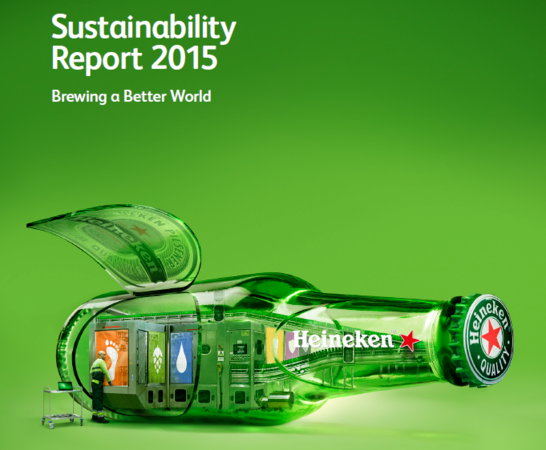
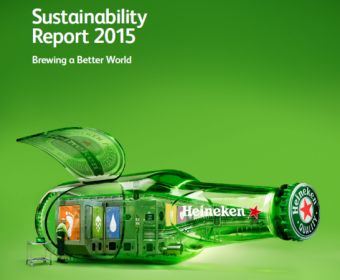 By 2030 the world is expected to require 40 per cent more water and 50 per cent more energy. Population growth, changing lifestyles and climate change will place increasing pressure on the environment, particularly on the water, energy and food nexus. One sector that touches all three of these areas is the brewing industry.
By 2030 the world is expected to require 40 per cent more water and 50 per cent more energy. Population growth, changing lifestyles and climate change will place increasing pressure on the environment, particularly on the water, energy and food nexus. One sector that touches all three of these areas is the brewing industry.
 Green World Conferences are proud to host the Balkan Energy Leaders, 5th annual expo and energy investment and technology conference on 28-29 March 2017 in the Crowne Plaza hotel in Belgrade. Gathering top energy leaders from all Balkan countries this year the event will even broader cover the energy and electricity deployment across the Balkans discussing opportunities for conventional and renewable energy sectors in the region.
Green World Conferences are proud to host the Balkan Energy Leaders, 5th annual expo and energy investment and technology conference on 28-29 March 2017 in the Crowne Plaza hotel in Belgrade. Gathering top energy leaders from all Balkan countries this year the event will even broader cover the energy and electricity deployment across the Balkans discussing opportunities for conventional and renewable energy sectors in the region.
 Green World Conferences are pleased to announce that 3rd annual HydroTech Albania conference and exhibition will be held on 22-23 February 2017 in Tirana Business Park.
Green World Conferences are pleased to announce that 3rd annual HydroTech Albania conference and exhibition will be held on 22-23 February 2017 in Tirana Business Park.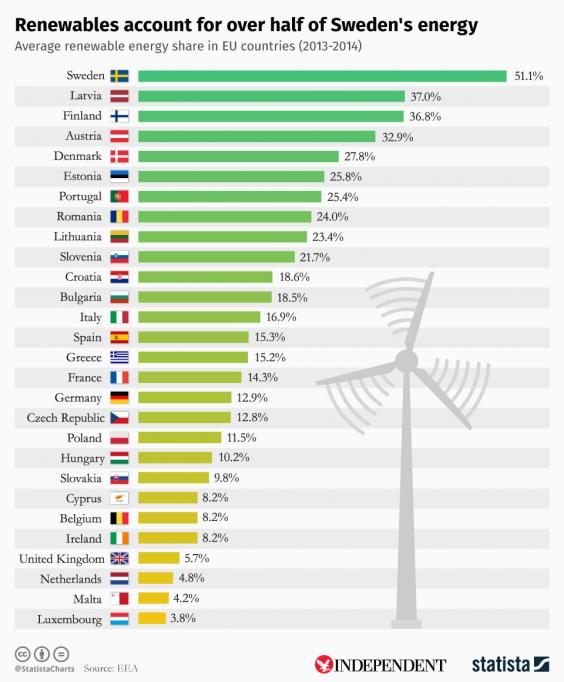
 Sweden’s prime minister announced his country will work towards becoming ‘one of the first fossil fuel-free welfare states of the world’.
Sweden’s prime minister announced his country will work towards becoming ‘one of the first fossil fuel-free welfare states of the world’.

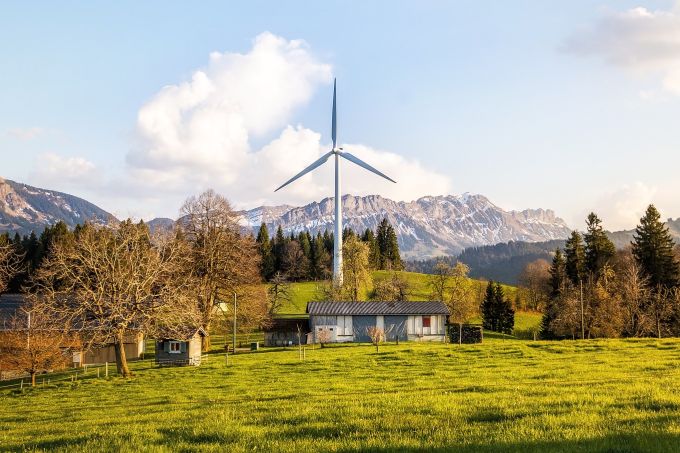
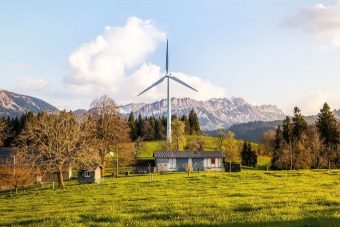

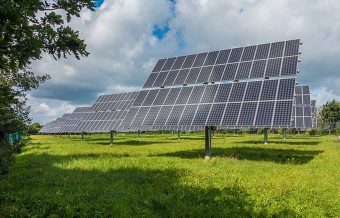






 Zurich, Switzerland, May 24, 2016 – ABB’s environmental friendly Azipod propulsion system brings greater fuel efficiency to diverse shipping segments.
Zurich, Switzerland, May 24, 2016 – ABB’s environmental friendly Azipod propulsion system brings greater fuel efficiency to diverse shipping segments.






 Belgium should adopt a national long-term energy strategy without delay, the International Energy Agency (IEA) said today, stressing that such a plan was required to respond to the challenge of decarbonising the economy while ensuring security of supply and affordability of energy. Speaking at the launch of an IEA review of Belgium’s energy policies, IEA Executive Director Fatih Birol encouraged Belgium’s federal and regional governments to work decisively together. “Our review rings alarm bells due to the lack of private-sector investment in the electricity sector,” Dr. Birol commented. “Government efforts to mobilise investment should include an electricity market design that ensures a viable business model for power generation. And to avoid a lack of generation capacity in the medium term, Belgium could consider operating their nuclear power plants as long as they are certified to be safe by the regulator.”
Belgium should adopt a national long-term energy strategy without delay, the International Energy Agency (IEA) said today, stressing that such a plan was required to respond to the challenge of decarbonising the economy while ensuring security of supply and affordability of energy. Speaking at the launch of an IEA review of Belgium’s energy policies, IEA Executive Director Fatih Birol encouraged Belgium’s federal and regional governments to work decisively together. “Our review rings alarm bells due to the lack of private-sector investment in the electricity sector,” Dr. Birol commented. “Government efforts to mobilise investment should include an electricity market design that ensures a viable business model for power generation. And to avoid a lack of generation capacity in the medium term, Belgium could consider operating their nuclear power plants as long as they are certified to be safe by the regulator.”
 U.S. uranium mines produced 3.7 million pounds U3O8 in 2015, 24% less than in 2014. One underground mine produced uranium ore during 2015, one less than during 2014. Uranium ore from underground mines is stockpiled and shipped to a mill, to be milled into uranium concentrate (a yellow or brown powder). Additionally, seven in-situ-leach (ISL) mining operations produced solutions containing uranium in 2015, one less than in 2014, that was processed into uranium concentrate at ISL plants. Overall, there were eight mines that operated during part or all of 2015.
U.S. uranium mines produced 3.7 million pounds U3O8 in 2015, 24% less than in 2014. One underground mine produced uranium ore during 2015, one less than during 2014. Uranium ore from underground mines is stockpiled and shipped to a mill, to be milled into uranium concentrate (a yellow or brown powder). Additionally, seven in-situ-leach (ISL) mining operations produced solutions containing uranium in 2015, one less than in 2014, that was processed into uranium concentrate at ISL plants. Overall, there were eight mines that operated during part or all of 2015. Total employment in the U.S. uranium production industry was 625 person-years in 2015, a decrease of 21% from the 2014 total and the lowest since 2004. Exploration employment was 58 person-years, a 33% decrease compared with 2014. Mining employment was 251 person-years, and increased 2% from 2014. Milling and processing employment was 200 person-years, a 32% decrease from 2014. Reclamation employment decreased 28% to 116 person-years from 2014 to 2015. Uranium production industry employment for 2015 was in 9 States: Arizona, Colorado, Nebraska, New Mexico, Oregon, Texas, Utah, Washington, and Wyoming.
Total employment in the U.S. uranium production industry was 625 person-years in 2015, a decrease of 21% from the 2014 total and the lowest since 2004. Exploration employment was 58 person-years, a 33% decrease compared with 2014. Mining employment was 251 person-years, and increased 2% from 2014. Milling and processing employment was 200 person-years, a 32% decrease from 2014. Reclamation employment decreased 28% to 116 person-years from 2014 to 2015. Uranium production industry employment for 2015 was in 9 States: Arizona, Colorado, Nebraska, New Mexico, Oregon, Texas, Utah, Washington, and Wyoming.